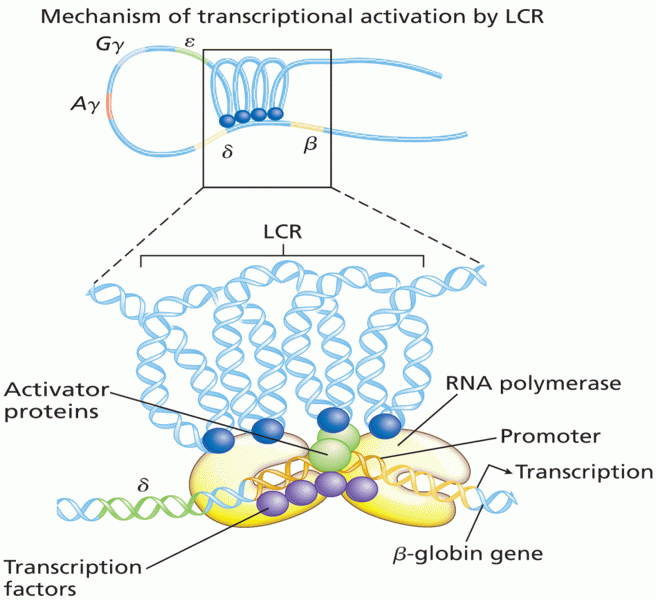Answer to Question 1
The four general categories of natural or biological pest control are (1) cultural control, (2) control by natural enemies, (3) plant breeding (genetic control), and (4) natural chemical control.
Cultural control: combing and brushing hair, bathing, and wearing clean clothes eliminate head and body lice, fleas, and other parasites. Changing bed linens regularly protects against bedbugs. Properly and systematically disposing of garbage and keeping a clean house with all the cracks sealed and with good window screens are effective methods for keeping down populations of roaches, mice, flies, mosquitoes, and other pests. Sanitation requirements in handling and preparing food are cultural controls designed to prevent the spread of disease. The refrigeration, freezing, canning, and drying of foods are cultural controls that inhibit the growth of organisms that cause rotting, spoilage, and food poisoning. Cultural control has been very effective.
The following examples illustrate the range of possibilities for controlling pests with natural enemies: Tiny predator beetles have been imported in an attempt to control the hemlock wooly adelgid, various caterpillars have been controlled by parasitic wasps, the prickly pear cactus and numerous other weeds have been controlled by plant-eating insects, rabbits in Australia are controlled by an infectious virus, water hyacinth (which has blanketed many African lakes) is coming under control following the introduction of Brazilian weevils, and mealy bugs in Africa are controlled by a parasitic wasp. Natural enemies have been effective, but the importation of a natural enemy might create new problems; finding a natural enemy can be difficult.
Genetic control includes disease-resistant varieties, or physical or chemical barriers produced by the host plant or animal. Leafhoppers are significant worldwide pests of cotton, soybeans, alfalfa, clover, beans, and potatoes, but they can damage only plants that have relatively smooth leaves. If hooked hairs or glandular hairs that exude a sticky substance are selected for breeding, then the leafhopper could not do as much damage. This has been used for disease resistance in potatoes, corn, honeybees, and many other species.
Natural chemical controls include hormones and pheromones. Hormones (e.g., juvenile hormone and ecdysone) can disrupt the development of insects. Pheromones can be used as attractants or repellants or induce confusion. Pheromones have more potential than hormones.
Answer to Question 2
Some of the poverty of the developing countries can be attributed to unjust economic practices of wealthy industrialized countries. The current pattern of international trade is a prime example. The industrialized countries have maintained inequities that discriminate against the developing countries by taxing and restricting imports from the developing countries and by flooding the world markets with agricultural products that are subsidized (and, therefore, priced below real costs).







